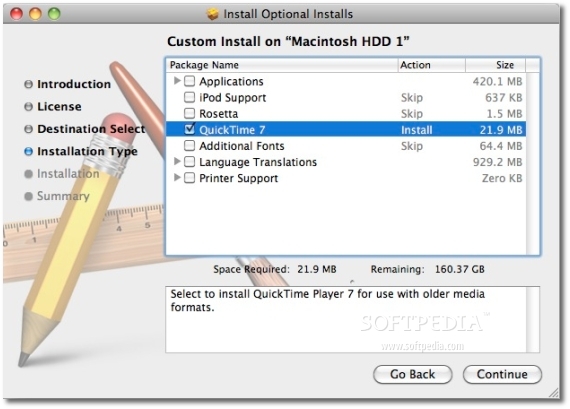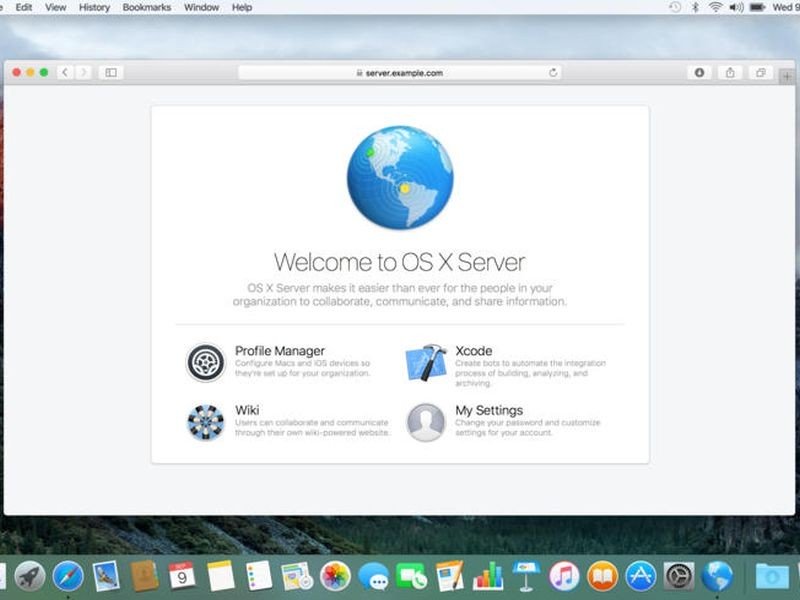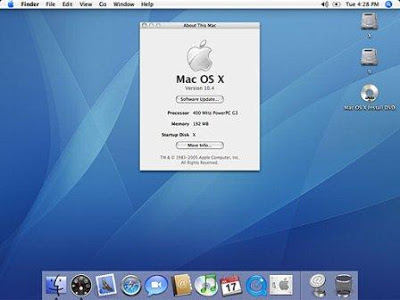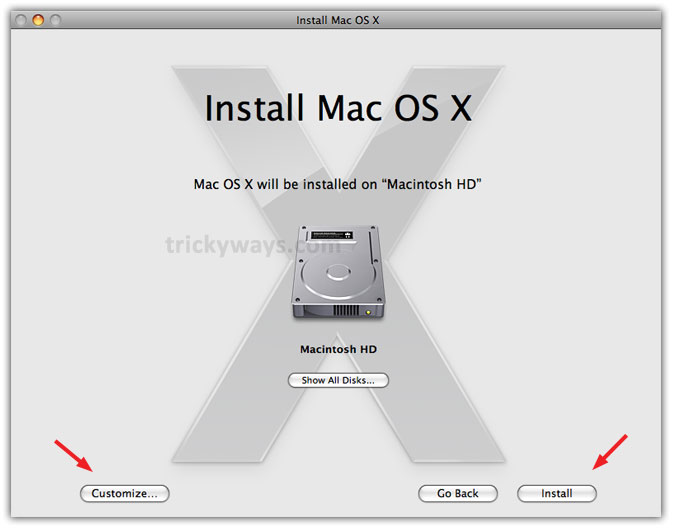

- #Install mac os x version 10.6 install#
- #Install mac os x version 10.6 drivers#
- #Install mac os x version 10.6 archive#
- #Install mac os x version 10.6 full#
If Apple tools are not avaiable you can check the SHA1 checksum of the downloaded image: Please check the integrity of the downloaded package by checking the signature: R 4.2.1 "Funny-Looking Kid" released on 3
#Install mac os x version 10.6 archive#
Package binaries for R versions older than 3.2.0 are only available from the CRAN archive so users of such versions should adjust the CRAN mirror setting ( ) accordingly. Note: Although we take precautions when assembling binaries, please use the normal precautions with downloaded executables. Releases for old Mac OS X systems (through Mac OS X 10.5) and PowerPC Macs can be found in the old directory. Mac #2 is just as you left it, and Mac #1 is running a rock solid version of 10.6.8.This directory contains binaries for a base distribution and packages to run on macOS. Push & hold the power button until the Mini shuts off completely.ġ0. Select “Shut Down.” This will shut down Mac #2, but Mac #1 is still on and in Target mode.
#Install mac os x version 10.6 full#
Run thru the registration process, then run all OS updates until you are running a full clean version of 10.6.8.Ĩ. Yeah, you might be *using* Mac #2, but you’re booted to the Mini so it’s all good. After reboot, the Mac will restart using Mac #1 (that’s the Mini) as the primary drive.
#Install mac os x version 10.6 install#
When the install is done, Mac #2 will want to reboot.
#Install mac os x version 10.6 drivers#
The install will pick up where it left off, installing all the i5 or i7 proprietary drivers along with the remaining 10.6 pieces. Once that newly inserted 10.6 disc shows up, highlight the disc and choose it as your boot volume.Ħ. Here’s where you eject the retail version of 10.6, and pop in the 10.6 install disc that Mac #2 came with. Your Mac will be at a grey screen here, showing you available discs for booting. IMPORTANT STEP: about 20-30 minutes into the install, Mac #2 will try and restart. It needs to do this to install 10.6 on Mac #1.ĥ. Your Mac #2 will quit every open app and go into an install mode – this is okay. After the format & erase is done, pop the RETAIL version of the 10.6 installer disc into Mac #2, and hit “Install.” Tell it you want to do a new install of the OS on that Mini (that’s Mac #1) sitting on your desktop. Personally, I always do a “zero out data” and (depending on time & existing data) possibly a low level format.Ĥ. Launch Disk Utilities, nav to the Mini, and erase the entire disc. The Mini should pop up on your Mac’s desktop as an external disk.ģ. Hook up the FW800 cable between the Mini and your i5 Mac (for me, I used my 2.4 i5 MBP), and restart the Mini in Target mode.

Tell it you want to boot it into Target Disk Mode.Ģ. Grab your Mini, and go to System Preferences » Startup Disk.


the original OS 10.6 install discs that Mac #2 came with (those are the grey ones).another Mac (either MBP or iMac is fine, referred to here as Mac #2), as long as it’s fairly recent and has an installed i5 or i7 processor.a new Mac Mini (referred to here as Mac #1) running OS 10.7 with either an i5 or i7 processor.Here’s the methodology I used, based on this thread over on the Apple discussion boards… you’ll need the following: Luckily, there’s a way to get rid of that nasty “not ready for primetime” OS as long as you’re not scared of getting your hands dirty. In a production environment, you don’t need a version of your everyday OS acting all hinkie… but that’s what Lion has been doing since I was forced into using it on a new Mac Mini I got about a month ago for dev.Īfter numerous attempts to wipe & install 10.6.8 (after having backed up files using a USB 3 duplicator, of course) using an external DVD drive, I was coming up dry. Man, do I hate OSX v10.7, aka “Lion.” Like, I really, *really* hate it. Installing OSX on a i5 Mini using Target Disk Mode


 0 kommentar(er)
0 kommentar(er)
